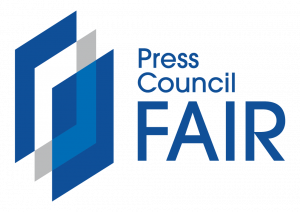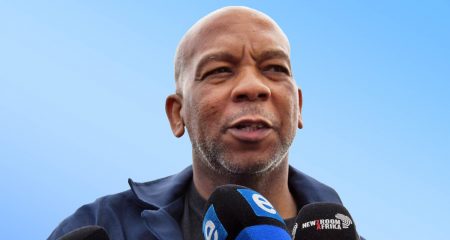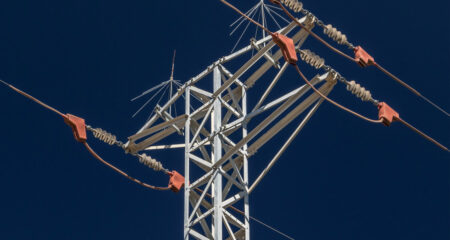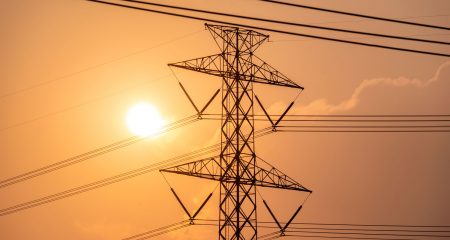 The process of fixing of the fundamentals of South Africa’s energy crisis has been marked by good intentions but fractured progress.
The process of fixing of the fundamentals of South Africa’s energy crisis has been marked by good intentions but fractured progress.
Our economy is in a no-man’s land – yes, load shedding has abated, but any notable economic growth will be choked by a creaking, constrained grid. And ongoing electricity price fluctuations pose a constant threat to both our economic growth and the survival of businesses.
Energy price instability is not just an economic or political inconvenience, it is an existential threat to the country’s growth prospects and the ability of business to do what it does best: create jobs.
The rising cost of electricity, with massive increases expected on 1 April 2025 (and again in 2026 and 2027), coupled with a fragile and outdated grid, has set the stage for a systemic financial collapse that will continue to nibble away at plans for a growing economy. Late last year, Johannesburg residents and businesses were thrown into uncertainty when threats to summarily cut off City Power were made by Eskom.
Against these realities, it’s clear that we need decisive action to accelerate the transition to renewable energy. The stakes are enormous, and the consequences of continued policy delay or inadequate support for the shift to cleaner energy will be catastrophic for economic growth and job creation. Government knows this, with the right renewables noises being made at the recent World Economic Forum event Davos by the South African delegation.
Solutions
But on the ground back home, what can businesses and consumers look forward to in the immediate term?
In the past decade, electricity tariffs have increased by more than 300%, with no correlation with Eskom’s capacity to provide reliable, affordable power. Depending on who you ask, for years Eskom has been on the brink of collapse or a return to glory at any given moment. And with variable prices set to increase even further over three years (up to 25% in some instances) and sky-high increases expected for fixed charges, it’s clear that breaking point is nearly here.
For small and medium enterprise – the backbone of our economy and primary job creators – the volatility and uncertainty will be fatal. Already struggling with high operating costs and slim margins, these businesses are now increasingly exposed to electricity price hikes that they simply can no longer absorb. What little capital they had was invested in surviving load shedding years ago. The cost of power is one of the largest expenses for most companies, and when that cost fluctuates wildly, their ability to plan, budget, grow and create jobs is fundamentally shaken.
Read: Eskom tariff proposal: the cost of getting it wrong
Without stable prices, it is impossible for businesses large and small to anticipate and budget for future costs. In an already fragile and low-growth economy, the paralysing effect on investment and the ability to scale is evident. For industries like manufacturing and agriculture, energy costs are a key input into production. Any unexpected price spike causes significant losses that can force these businesses (and their value chains) to close, downsize or relocate. These sectors have the potential to absorb millions of low and unskilled workers but prevailing price volatility quickly quells any entrepreneurial spirit, slashes budgets and slams the brakes on investment that requires a predictable environment to justify large-scale capital investment.

It’s no secret that the cost of employment, especially in SMMEs, is also extremely sensitive to input fluctuations. Any sharp rise in electricity prices can be expected to lead to job cuts that no one can afford.
For their part, consumers are already facing a cost of living crisis and widespread poverty. This year, the unaffordability of basic goods, fuel and services is going to hit households hard, and the result is a vicious cycle: higher energy prices force businesses to cut jobs or reduce their capacity, which in turn reduces consumer spending power and further dampens economic growth.
The negative impact on employment is especially pronounced in industries where energy constitutes a significant proportion of total costs. In sectors like mining, manufacturing and agriculture, many businesses and large employers are already operating at reduced capacity. And, as energy prices continue to climb, the incentive for these businesses to invest in expansion, skills development or job creation clearly vanishes.
Government needs to take considered energy decisions with decisive vigour. Without clear policy coupled with certainty for private sector investment, the transition to renewables will remain sluggish, and the country’s co-dependent relationship with coal and Eskom’s fragile financial state will continue to undermine economic stability and drain the fiscus.
Extensive consultations have been underway for months on the update to South Africa’s integrated resource plan (IRP) and, sensibly done, the new IRP should place a far greater emphasis on solar energy as a cornerstone of the country’s future energy mix. Given the rapidly decreasing costs of solar technology and potential to scale, the IRP should aim to significantly increase the share of solar power in the national grid. Clear targets for both large-scale solar farms and decentralised, rooftop solar installations, along with a road map for accelerating permitting processes, grid integration and investment in storage solutions are essential parts of the IRP.
Accessible
Vitally, we must ensure that solar energy becomes accessible to a broader range of businesses and households, including through enhanced financial incentives, tax breaks and a more flexible regulatory environment. Only by prioritising solar as a primary renewable energy source can South Africa reduce its dependence on coal, mitigate price volatility and build a more resilient future.
Read: Eskom’s next crisis, and why resolving it will be require ‘tough trade-offs’
South Africa can either continue down the path of energy price instability and financial collapse, or it can fully and finally embrace renewable energy as a driver of economic growth and job creation. The answer cannot be more paralysis or panic. We need urgent and coordinated efforts to support the transition to clean energy, without which South Africa risks further economic stagnation, rising unemployment and an unsustainable energy future. We need to act now, before the cost of electricity price uncertainties becomes too high for South Africa to bear.
Get breaking news from TechCentral on WhatsApp. Sign up here.
- The author, Imraan Mukadam, is a director of DG Energy at DG Capital
Don’t miss:
Load shedding may have ended, but Eskom is still in big trouble




